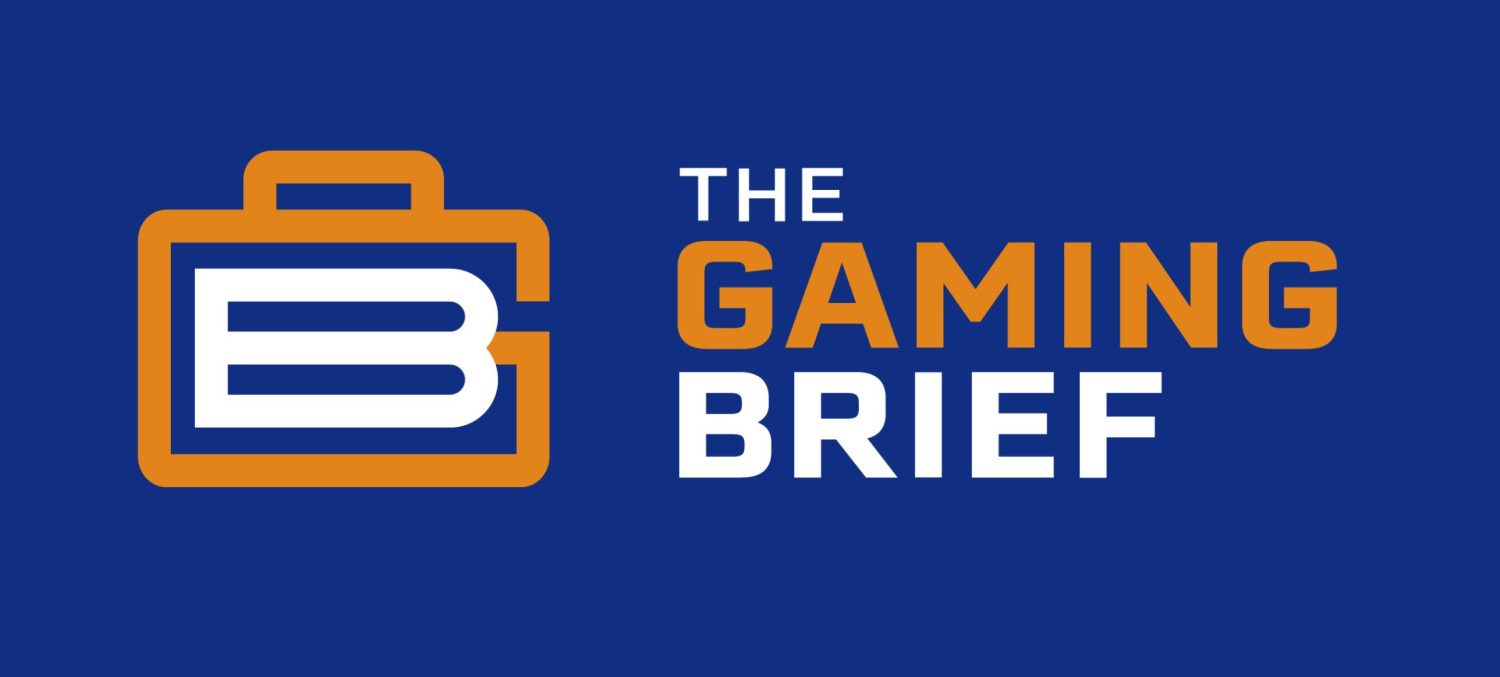The HITMAN: Definitive Edition is the essential way to play IO Interactive’s fantastic re-invention of the Hitman series.
What is the HITMAN: Definitive Edition?
In addition to asking: “is HITMAN a good game,” you may very well be asking yourself, “what is the difference between HITMAN: Season 1, HITMAN: Game of the Year and HITMAN: Definitive Edition”? To understand that, it’s worth exploring the backstory of the game’s developer, IO Interactive.
The team at IO Interactive has had an incredible amount of transition to handle over the past 15 months. HITMAN was originally conceptualized and released as an episodic title in 2016. IO had just wrapped production of the final episode of HITMAN: Season 1 in October 2016 when IO’s then-owner Square-Enix announced that the company had decided to “…withdraw from the business” of the company and explore options to sell IO in the first part of 2017. After a few months of radio silence, IO Interactive announced that their management had bought the company, turning them independent, and soon after announced a worldwide distribution partnership with Warner Bros. Interactive in April 2018.
While Square Enix was still publishing the game, a first collection, HITMAN: Game of the Year edition was released in November 2017. With Warner Bros. Interactive now at the helm on the publishing side, we now have the second Game of the Year collection, this time called HITMAN: Definitive Edition. This second Game of the Year style package contains the following content:
- IO Interactive’s 20th Anniversary Outfit Bundle
- Three new outfits inspired by Freedom Fighters, Kane & Lynch and Mini Ninjas
- HITMAN Season One (Main Game)
- Seven exotic locations from the first season, including Paris, Sapienza, Marrakesh, Bangkok, Colorado and Hokkaido, along with the ICA Facility
- HITMAN Game of the Year Edition Content
- Four missions from the Patient Zero Campaign
- Three themed Escalation Contracts that unlock three unique weapons
- The Clown Suit, Cowboy Suit and Raven Suit from the recent Game of the Year Edition digital release
- HITMAN Summer Bonus Episode
- Featuring ICA bonus missions in Sapienza and Marrakesh
- HITMAN: Blood Money Requiem Pack
- Including the Requiem Suit, Pale Duck Explosive and ICA Chrome Pistol
- All featured Contracts, Escalation Contracts, Challenge Packs and game updates from HITMAN Season One and the HITMAN Game of the Year Edition
If you’re a PlayStation 4 HITMAN owner, you will also get access to The Sarajevo Six: a series of bonus missions spread over the existing maps.
A small caveat
I experienced a small wrinkle as I entered the world of HITMAN for the first time. The physical Xbox One copy I played came with a single-use HITMAN: Definitive Edition code in the box. After inputting the code, I noticed that the digital Definitive Edition content bundle didn’t neatly contain everything in one download.
When trying to remedy the problem by going onto the Xbox store, this problem was compounded by the fact that the content for HITMAN is bundled in groups and individual items. The code in the box for the game includes access to the individual items but not the groups of content, leading to tons of confusion. For the first few days of playing the game, I stared at ads for the previously released Game of the Year edition in the game’s main menu because I hadn’t downloaded everything included with my Definitive Edition code.
Warner Brothers has acknowledged these issues on their website, but they’re still annoying as you start playing the game.
So much content!
The HITMAN: Definitive Edition is an excellent package bursting at the seams with content. Each of the six main locations from the game is huge because of the technology being utilized under the hood. Instead of a widely implemented game engine like Unreal or Unity, HITMAN uses IO Interactive’s proprietary Glacier Engine 2. This technology bolsters the strengths of the game by allowing for large maps and large numbers of non-player characters to appear on-screen. All of these characters have their routes and routines on the map. You could easily take 1-2 hours to explore every nook and cranny of these maps before diving in deep to discover all of their intricacies.
The main meat of the game is the story missions. Tied together with a light story, you’ll take Agent 47 on a globetrotting adventure to six different locations, including Paris (France), Sapienza (Italy), Marrakesh (Morrocco), Bangkok (Thailand), Colorado (USA) and Hokkaido (Japan). Most of the levels overall range from good to great, but HITMAN‘s level design shines when the game plays within real-world scenarios. The first four levels of the game are the strongest because they’re believable sandboxes with a mix of pedestrian and military/para-military elements. In juxtaposition to these missions, Colorado is far too hostile and military to allow for free-and-fun exploration, and Hokkaido’s setting/aesthetic leads to a level that doesn’t feel as dense as the others.
Story
IO Interactive has created a story that is technically a follow-up to Hitman: Absolution, but isn’t steeped in the past. This allows new players to easily jump into the series without playing older titles in the series. I have never played a Hitman game (outside of Hitman GO) and didn’t feel like I was losing anything by picking up the series from this entry. The story was surprisingly back-loaded, with some heavy revelations coming very late in the narrative. This tale inevitably sets the groundwork for HITMAN 2, coming in November 2018.
The story missions see you take out characters and complete objectives specific to the plot. Layered on top of these objectives are Opportunities, the most hand-crafted and arguably the best part of HITMAN. Opportunities are specific scenarios (in story missions only) where players are given the chance to approach or interact with the mission’s main targets in unique ways. Whether it’s celebrating a birthday with one of your targets or assuming the identity of a character that the target has not yet met, these multi-part scenarios are all unique and usually a lot of fun to undertake.
 Aside from the main story content and Opportunities in HITMAN: Definitive Edition, there are also a wealth of bonus missions. These include the four-mission Patient Zero set, the six-part PlayStation-exclusive The Sarajevo Six and four single-part bonus missions. Home Alone-themed single-part Holiday Hoarders as well as The Icon, A House Built On Sand and Landslide. These missions take place on the existing maps and vary in quality. This is due to the simple fact that some of these missions have Opportunities and others do not. Even though these maps are re-skinned for all of these bonus missions, only The Icon, A House Built On Sand and Landslide have Opportunities, putting them a cut above the rest.
Aside from the main story content and Opportunities in HITMAN: Definitive Edition, there are also a wealth of bonus missions. These include the four-mission Patient Zero set, the six-part PlayStation-exclusive The Sarajevo Six and four single-part bonus missions. Home Alone-themed single-part Holiday Hoarders as well as The Icon, A House Built On Sand and Landslide. These missions take place on the existing maps and vary in quality. This is due to the simple fact that some of these missions have Opportunities and others do not. Even though these maps are re-skinned for all of these bonus missions, only The Icon, A House Built On Sand and Landslide have Opportunities, putting them a cut above the rest.
Wait, there’s more?
If that wasn’t enough main content, there’s a seemingly endless stream of side content, including Challenges, Escalations, Elusive Targets and Contracts.
First: Challenges. Sub-divided into Assassinations, Discoveries, Feats and Targets, Challenges are different tasks and killing methods that earn you experience points on a level-to-level basis. It is impossible to complete all of these challenges on a single playthrough, however, so if you’re a completionist, you will have to play through levels multiple times to complete them all. Fulfilling these tasks allow your character to gain experience on a per-map-basis unlocking additional weapons, costumes, starting locations and agency pickup locations.
 Secondly, Escalations are side-missions within the same maps as the main story but require players to kill named targets (that are different from the main story) with added conditions. They always include killing with a specific weapon and disguise combo and each Escalation mission has five levels of difficulty. As you complete the levels within an Escalation scenario, Complications are added to the mix to make your kills even more difficult.
Secondly, Escalations are side-missions within the same maps as the main story but require players to kill named targets (that are different from the main story) with added conditions. They always include killing with a specific weapon and disguise combo and each Escalation mission has five levels of difficulty. As you complete the levels within an Escalation scenario, Complications are added to the mix to make your kills even more difficult.
Third, Elusive Targets are online, time-limited missions. The pressure is on and you should take extreme care when carrying out these missions; once you complete a single objective in these Elusive Target missions, you cannot restart and fail if you don’t see the mission through to the end. Since the game has been released in some form for over two years, the 26 Elusive Target missions are now being restarted and re-activated for 10 days at a time. They’re a great test of your skills as an assassin and are all unique. A well-publicized example is The WildCard, where you’re tasked with killing Gary Busey.
Finally, Contracts are scenarios created by players and uploaded to the game’s online servers. These are structured like Escalations but are a single-level where players from around the world compete for the best score.
But how does it play?
In addition to the game’s insane value proposition, it is also an absolute joy to play.
Starting with the training mission, the game does a great job at layering on systems and mechanics to slowly teach you the basic framework of the game. In the first hour, you’ll learn the controls, then learn the basic mechanics (like the Instinct mode, which returns from Hitman: Absolution and allows you to detect targets and opportunities), then the broader environmental systems and finally, Agent 47’s more advanced maneuvers. It’s a perfect way to start the game and lays a really great foundation to build upon. IO’s Mette Pødenphant and Jacob Mikkelsen gave a GDC talk on the subject.
From that point forward, the world is your sandbox. If you can think of a way to kill an NPC, you can do it in HITMAN. Push them off a balcony, throw a screwdriver at their head, snap their neck, poison them, pull the fire alarm and snipe them from the rooftops or blow them up; these are just a few of the more generic choices at your disposal (there are other enemies/level specific ways to dispose of your enemies). You’re free to complete the game in whatever style you wish, don’t expect to score well if you leave a path of destruction in your way.
The biggest thing going for HITMAN is how the game eventually nurtures and guides you to the path of the perfect assassin with its subtle scoring system. Early on in the game, I completed the game’s second mission in Sapienza by shooting my way through the mission’s third objective to the finish. This resulted in a zero score. The embarrassment of my savagery compared to others on the global and friends leaderboards forced me to lower my body count, play more conservatively and experience the high of getting away with virtual murder.
 HITMAN: Definitive Edition encourages exploration and experimentation, doesn’t take itself too seriously and, with its great save system, makes it very simple to roll back as much or as little as is required.
HITMAN: Definitive Edition encourages exploration and experimentation, doesn’t take itself too seriously and, with its great save system, makes it very simple to roll back as much or as little as is required.
Controls
Outside of my small gripes with accessing all of the game’s content and feeling the level design was pulled back in two of the game’s later levels, my only other gripe is with the game’s controls. There’s a lot to remember with the controls, and in the heat of the moment, you’ll undoubtedly unholster an illegal weapon at least once as you learn to play. If you’re shooting more than a single silenced bullet in HITMAN, you’re not doing it right, but I still yearned for the cover and shooting mechanics in the game to feel more modern and snappy.
Graphics and Sound
As mentioned previously, HITMAN: Definitive Edition utilizes proprietary engine tech, which really plays up the game’s strengths when it comes to graphics. You’ll load once prior to starting a level and, by default be treated to a beautiful vista to start in a few of the levels (like Sapienza and Bangkok). The graphics are good and the lighting in the game is great, but I truly didn’t appreciate the scale of what HITMAN accomplishes until I climbed to the top of a sniper tower in Colorado for the first time. Without a hiccup, you could train the sight of your sniper rifle on any enemy across the entirety of the map – no simple technical feat. In addition to the graphical prowess of the HITMAN: Definitive Edition, the game also has style for miles and the title’s mission briefings really epitomize that. The game also had an intuitive UI.
The music and sound didn’t really stand out – neither a good nor bad thing. The sound effects and environmental sound design was great and very helpful. The voice-acting and music were both good, but not memorable.
HITMAN is a great video game
Simply put, HITMAN: Definitive Edition makes the series and the genre accessible to a new whole new player base. Moving through the beautiful sandboxes created by IO Interactive is a joy, trying new things is a rewarding experience and there’s tons of replayability built-in to keep you coming back for weeks (or even months).
Before the release of HITMAN 2, do yourself a favour and play this excellent stealth action video game. It is easily one of the greatest iterations of the franchise ever made.
Final Score: 9/10
Experimentation and exploration are the keys to letting your inner Agent 47 run free. Lean into those instincts and you’ll enjoy the HITMAN: Definitive Edition like few other stealth titles.
The review copy of this game was a physical copy provided by the publisher.
This article was originally published on Scholarly Gamers; re-published with permission.
Editor’s Note: My podcast, the Left Behind Game Club is currently podcasting through the world of HITMAN in a seven-part weekly series. At the time of publishing of this review, parts one, two and three have been released. Check them out if you plan on playing through the game!

Jacob is a creator marketing professional, and a fan of video games. He hosts/produces the Left Behind Game Club and is a co-host of Crossplay Conversations. At conventions and bars, he also hosts Video Game Trivia.






